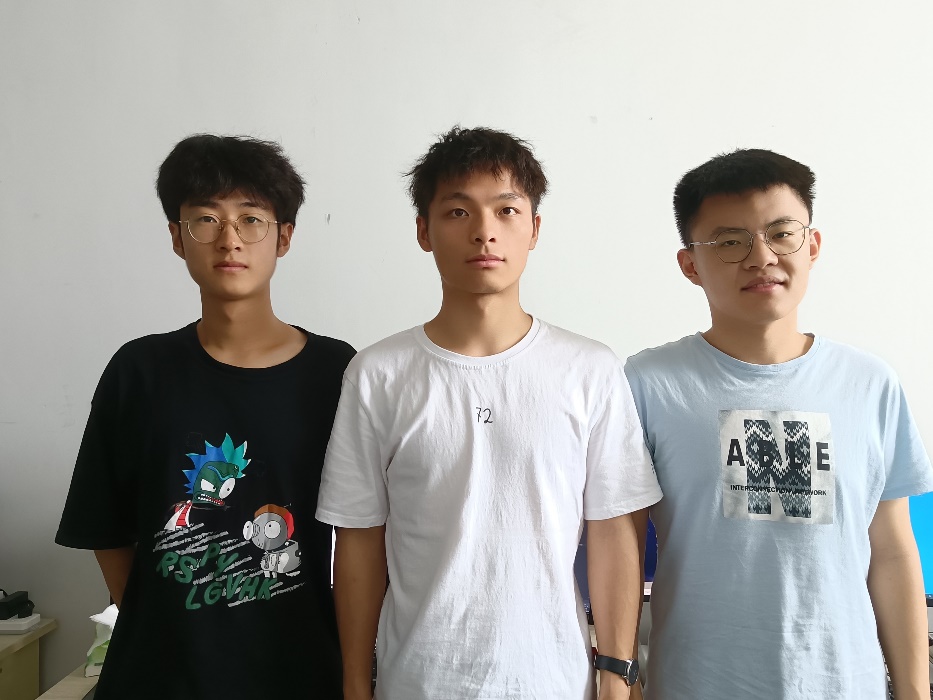China Graduate Mathematical Contest in Modeling is an academic competition for graduate students to conduct mathematical modeling application research. It is a large platform for graduate students to improve their ability to build mathematical models and solve practical problems by using Internet information technology, and to cultivate the spirit of scientific research innovation and the sense of teamwork. Due to the impact of the epidemic, the 18th Huawei Cup China Graduate Students Mathematical Competition in Modeling was postponed to October 14-18, 2021. Team 1 consisting of Fu Wenhao, Cao Chenming and Qin Guoyu and Team 2 consisting of Xin Guojing, Wang Sheng and Li Min won the second prize in mathematical modeling.
All the selected questions were B, which focused on the quantitative prediction of the activity of anti-breast cancer drug compounds. Breast cancer is one of the most common and lethal cancers in the world. Anticancer drugs should have good biological activity and ensure good pharmacokinetic properties and safety in human body. The title calls for research on the prediction and optimal modeling of properties of anti-breast cancer drug candidates
First, the random forest algorithm was used for feature extraction, and a biological activity prediction model based on molecular descriptors was established by BP neural network and XGBoost nonlinear fitters. According to the established prediction model, differential evolution algorithm and NSGA-II algorithm were used to optimize the value or range of molecular descriptors according to the two strategies of optimization plus constraint and multi-objective constraint, so that the compound could have better biological activity and at least three good ADMET properties.
Team 2 compared the scatter plot, correlation coefficient, random forest and other methods to measure the correlation between variables, and screened out the top 20 molecular descriptors that had a significant impact on biological activity. After comparing the effects of SVM, DNN and XGBoost models, a classification prediction model for five kinds of properties was established based on XGBoost. In the solving process of problem 4, particle swarm optimization algorithm was adopted to optimize the model parameters so that the optimization process did not need to solve the gradient and the global optimal solution could be found.
The competition attracted 20,525 teams from 535 universities and some research institutes in 34 provinces, municipalities, autonomous regions and special administrative regions as well as foreign countries. A total of 60,861 graduate students participated in the competition. In the end, a total of 17,692 teams and 53,076 people completed the competition. A total of 206 first prizes, 2175 second prizes and 3519 third prizes were awarded. Both the number of applicants and the number of participants reached a record high, a significant increase from previous years.

Group photo of Fu Wenhao, Cao Chenming and Qin Guoyu

Xin Guojing, Wang Sheng and Li Min group photo